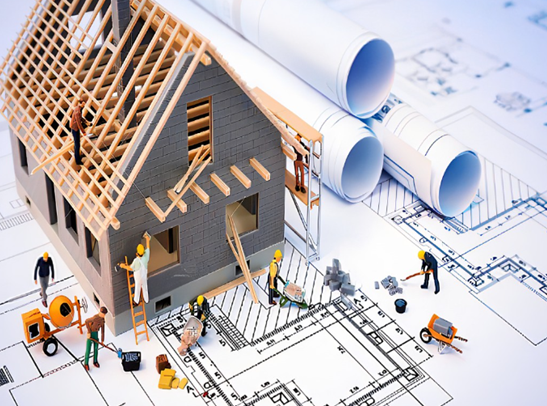Even in the era of rising crime, the nitty gritty of home security is often an afterthought when a home is being built. This can result in regrettable instances when security issues surface after construction and you suddenly realize that you should have built a home with greater support for intensive security implementations.
To avoid stressful occasions, security should be your prime focus in the programmatic period of house building. Because the later you address security measures, the more likely you will incur reconstruction expenses as well as the headaches involved in architectural planning. Also, if you’re late in addressing the vulnerability, you can face financial problems or even insurance issues.
With that in mind, here are some tips to build a security-oriented home.
1. Leave Entry Points for a Security System
A security system setup will depend on the size of your home as well as the entry points you leave empty for its accommodation. For instance, the main living areas of your home, as well as the corridor, should have space for system installation.
Websites that enable you to compare ADT pricing and plans of other home security vendors also list the range of tools and equipment being offered. Checking these out can give you a rough idea of how much space should be left empty. If you’re going with a digital keypad, pet motion detector and other equipment in addition to the main monitoring system, it’s obvious that you’d have to leave more entry points.
2. Keep Sensitive Areas in Check
You need to inspect the overall space to decide what areas will need to be secured. Building with home security in mind means providing adequate coverage to your property and placing sensors in the most sensitive areas. For instance, each entrance in the first floor will have to be covered, as well as any windows or doors that are large enough for an adversary to sneak through.
Large windows and any entrance space on the second floor and beyond will also need to be kept in check if there are climbable structures (apart from the indoor stairs) that could enable an intruder to make way. In addition, the outskirts of your property will need to be analyzed as you may want to install sensor lights that can eliminate spaces where adversaries could hide their identities. The outskirts may require more planning than the home’s interior if your property is located in a residential corner or alone in an open space.
3. Update if you’ve Already Begun
Perhaps you’re midway through building the house already, but that shouldn’t stop you from focusing on the integration of home security essentials. For instance, you can install deadbolt locks on the exterior doors. Although these are more costly than other options, they provide more protection while offering greater strength. It is also possible to reinforce doors with a metal sheet or plywood.
Likewise, you can add foreboding signs in different places. For instance, window stickers and security signs can be posted near entryways, whether the security system has been installed already or not. You can get these from a friend, or from a security company as they prepare a custom installation for you. “Beware of dog” sign can also have a significant impact.
Follow these tips to improve your property’s security posture as you construct a new home.






